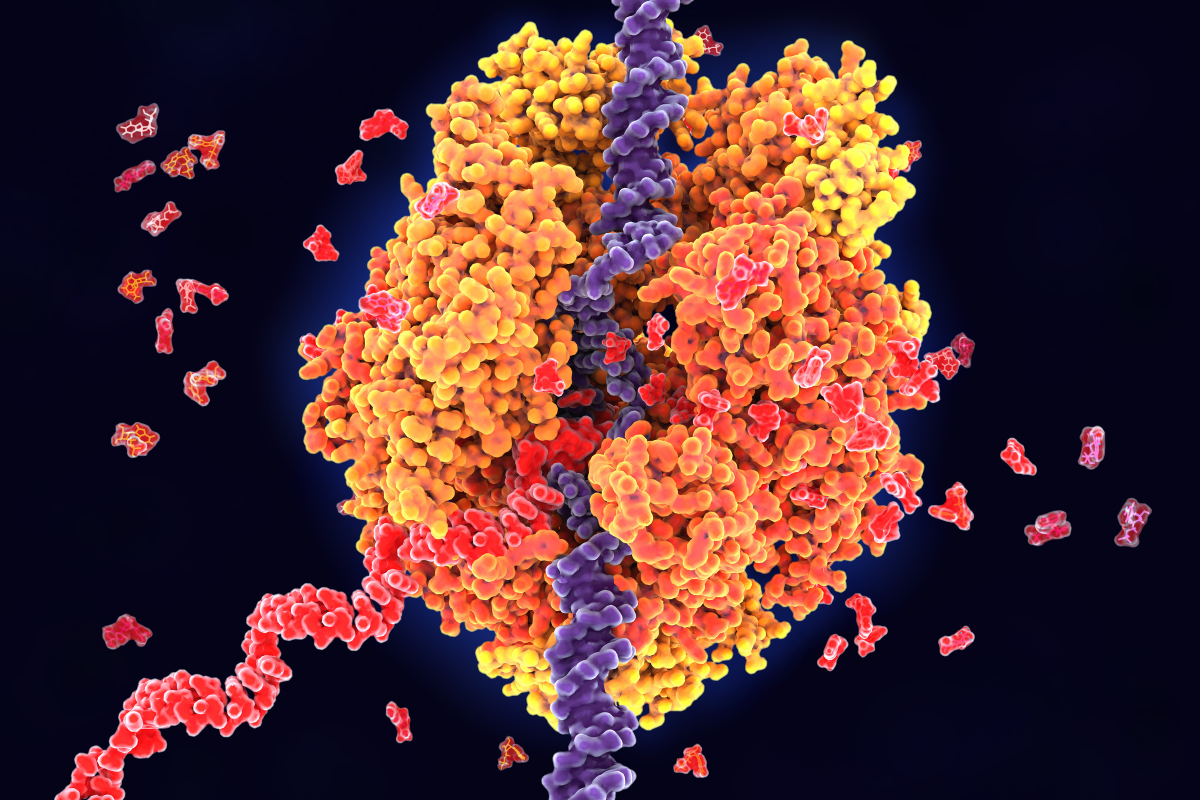Innovation at the Crossroads: Oligonucleotide Therapeutics and the Evolution of Drug Design

Oligonucleotide (literally meaning 'few nucleotides') therapeutics are a class of drugs that utilize short sequences of nucleotides (DNA or RNA) to modulate gene expression or target specific RNA molecules within cells.
These therapeutic agents hold promise for treating a range of genetic disorders, including rare diseases, by leveraging the specificity of nucleotide sequences to precisely target and modify the expression of specific genes.
It was recently reported that the market size for peptide and oligonucleotide CDMOs has been estimated to grow significantly from $2.61 billion in 2023 to $9.64 billion in 2034 at a CAGR of 12.61%. But, as with any burgeoning field, the path to new therapies requires navigating around a diverse range of hurdles.
One particular issue that is of note for the oligonucleotide market is the lack of regulatory guidance surrounding the modality.
- Related: How Do Regulatory Considerations Impact the Clinical Development of Oligonucleotide Therapies?
There are very few specific guidelines regarding the manufacture and CMC of therapeutic oligonucleotides due to them occupying the space in-between the regulatory jurisdiction of small-molecule drugs and biologics.
Despite this, there are no shortage of manufacturers who are willing to take on the tricky task of navigating this sector. GSK's exclusive 11th Annual Oligo Networking Conference took place on March 5, 2024, and featured presentations on the industry outlook from the early-stage of therapeutic design to approval.
Key aspects driving the area include sustainable manufacturing, progressing past the regulatory unknown, and innovative approaches to drug design like AI development pipelines and biomarker discovery.
One presentation from the GSK meet was given by Dan Ahlstedt, COO of EnPlusOne who have developed a platform for enzymatic oligonucleotide synthesis named ezRNA.
Ahlstedt commented upon the need for effective platforms that would be able to synthesise RNAs sustainably whilst allowing for sugar, backbone, and base modifications.
He said: "This community, from the beginning, has been supportive of our mission to deliver sustainable RNA at scale. They understand the challenges current chemical synthesis technologies impose and the critical need to solve the scaled manufacturing problem."
Another GSK invitee and developer of RNA therapeutics is Abzu, who use AI in their search for new oligo drugs. One stated goal of Abzu is to circumnavigate the notorious 'black-box effect' in the design process of their drugs, which is a major difficulty of the use of AI.
The phenomenon of the 'black box' in AI refers to the lack of explainability that comes from using an AI model to arrive at an answer; your model may produce a coherent answer (like a new drug), but many models will not produce a human-comprehensible explanation for how that answer was produced.
Martin Kerr, Business Development and Pharma Partnerships at Abzu, delivered his company's talk 'Designing RNA therapeutics with explainable AI' which focused on 'closing the gap' between in vivo and in vitro testing.
Kerr's talk outlined: "RNA therapeutics are great in theory, but often not in practice. This is because drug properties often work when tested in cells (in vitro), but then fail later in animals (in vivo.)"
The rapid growth projected for the peptide and oligonucleotide CDMO market underscores the increasing importance of therapeutic oligonucleotides in addressing genetic disorders. As the industry surges forward, overcoming regulatory challenges and embracing innovative technologies, such as AI-driven drug design, will be essential for unlocking the full potential of oligonucleotide therapeutics and realising their transformative impact on healthcare.





